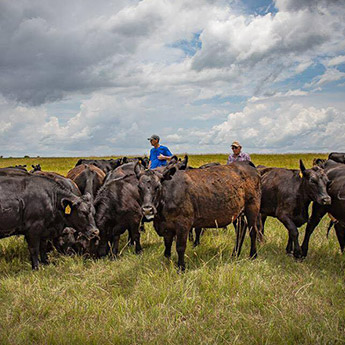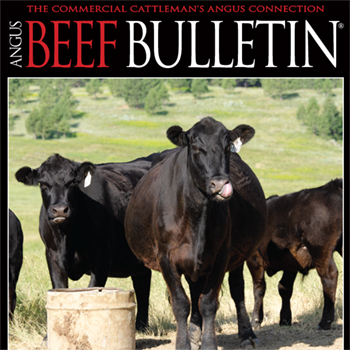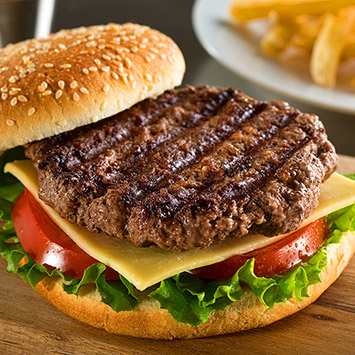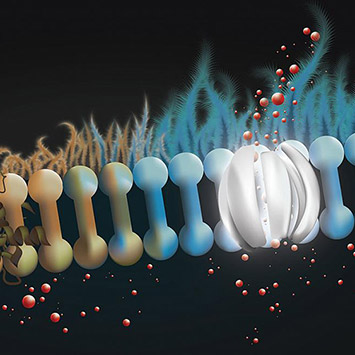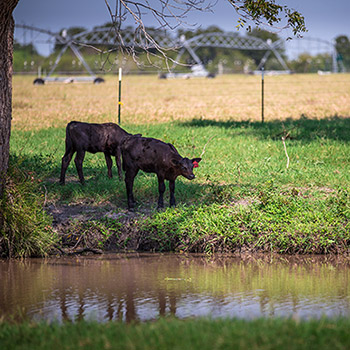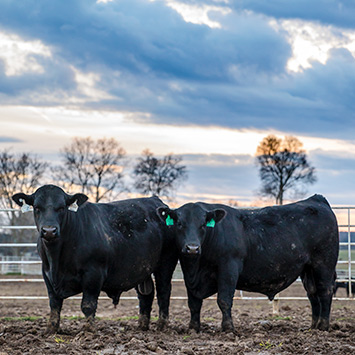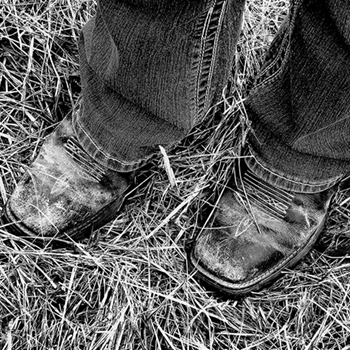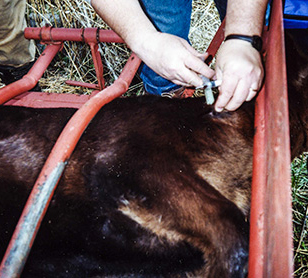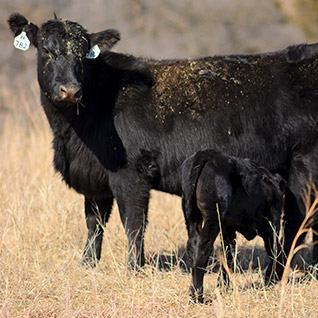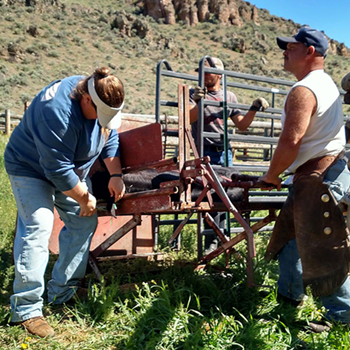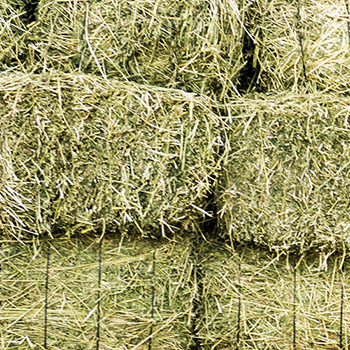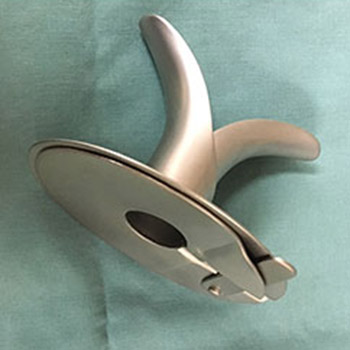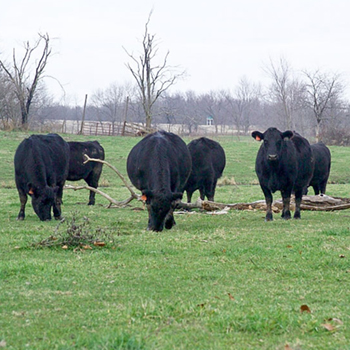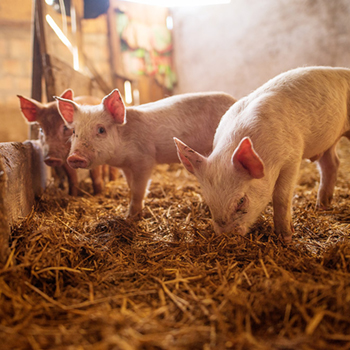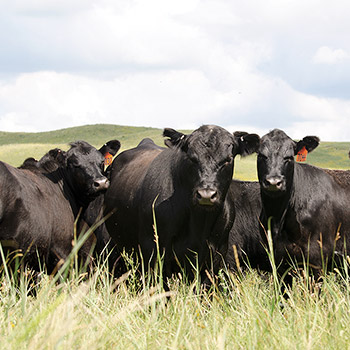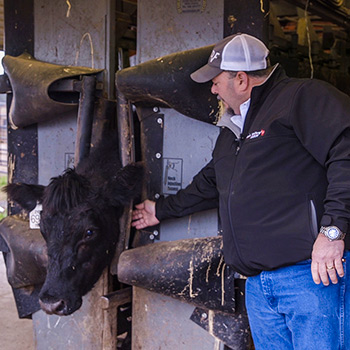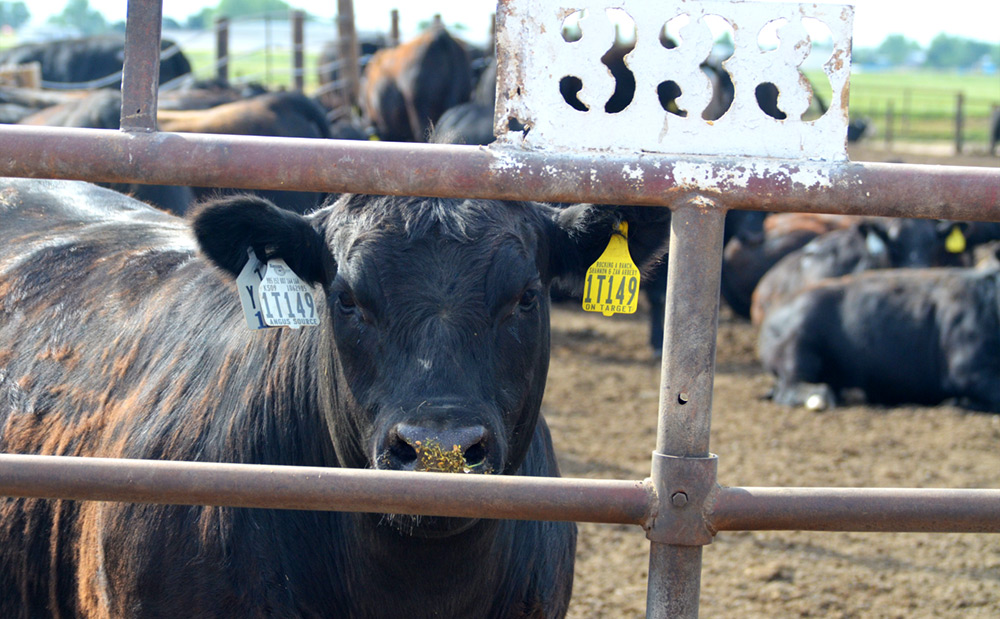
Getting More to Grade
Dentition, age-verification programs can help more cattle grade at the plant.
Quality grade drives the beef industry. That was the message delivered by Terry Houser at Kansas State University’s (K-State) 106th annual Cattlemen’s Day event in Manhattan, Kan.
Houser, associate professor of animal sciences and industry at K-State, spoke on yield and quality grading in the beef business, and the USDA’s recent quality-grading guidelines.
Maturity and marbling are the two main components of quality grade. Cattle between the ages of 9 and 30 months — A maturity — make up the vast majority, as much as 85% of cattle slaughtered, according to Houser. The second tier, B maturity, tends to be made up of first-calf heifers that didn’t breed back. Those cattle are from 30 to 42 months of age, and can still qualify for Prime and Choice quality grades.
Of course, branded-beef programs like Certified Angus Beef® (CAB®) offer a hefty premium to carcasses of cattle grading at the upper two-thirds of Choice and Prime. However, in 1997, USDA guidelines dropped the Select grade completely from the B maturity group. That meant a far reach for B-maturity cattle to grade Choice and Prime, and a heavy discount — $25-$30 per hundredweight (cwt.) — when dropping out of A maturity into the Standard grade.
Making changes
The USDA changed its tune after research suggested the traditional measures for maturity may be lacking in accuracy. The higher concentrations of estrogen heifers produce naturally can lead to earlier ossification in the thoracic buttons, and estrogen-like compounds found in some grasses and forages can cause similar early ossification in cattle in certain regions of the country. As a result, those cattle would grade as B maturity, despite being younger than 30 months of age.
Houser reported that the USDA determined about 1% more cattle would qualify for A maturity if age were determined more accurately. With more than 2.5 million head slaughtered annually, that’s about 150,000 additional head that could qualify for Prime, Choice and Select that may have otherwise been thrown out into Standard or No-roll. The agency proposed and implemented new quality-grading standards in 2017 to offset the dilemma.
“There’s definitely an economic advantage here to change the standard to more accurately show maturity in cattle,” Houser said. Incorrectly grading cattle younger than 30 months of age can deliver a major hit to producers’ pocketbooks.
“I think USDA’s thought process is, if we can be more accurate in determining age, we’ll probably put a few more dollars in the producers’ pockets, or at least not penalize them,” he said, adding that 60% of those carcasses end up grading low-Choice or Select compared to Standard.
Improving an existing method
Two additional methods can now be used in determining age of cattle more accurately: Dentition and age verification.
Since the first case of bovine spongiform encephalopathy (BSE) in 2003, the USDA Food Safety Inspection Service (FSIS) has used dentition to segregate carcasses of cattle older than 30 months of age from those younger than 30 months of age, out of necessity. Due to the threat of Specified Risk Materials (SRMs) — the spinal cord, brain, eyes and part of the small intestine — carcasses of cattle older than 30 months of age must have SRMs removed prior to moving onto the food supply. To determine the cutoff, the USDA used detection of a third incisor that erupts at about 30 months of age. The new quality grading standards provide that any of those cattle deemed to be younger than 30 months of age due to absence of the third incisor are eligible for A maturity regardless of ossification.
“We’re already collecting that data,” he said. “We’re already doing dentition on the slaughter floor, so we can go ahead and apply that to the quality-grading process.”
Age and source verification
Another way to help accurately determine age of cattle is through age-verification programs like AngusSource®. A complete list of these providers can be found on the USDA Agricultural Marketing Service (AMS) website at http://bit.ly/AgeAndSource.
Wondering if it pays? Houser suggested the use of age-verification programs for operations developing large numbers of heifers.
Houser reminded his audience that marbling and maturity determine quality grade. With the USDA’s recent changes, the industry has two additional ways of determining if a calf is under 30 months of age, rather than relying on skeletal ossification as it had traditionally.
“Dentition is not perfect,” he said. “We do know that there are animals that are 24 or 25 months that are going to go over 30 months based on that third incisor. If you’re developing a large number of females, there’s opportunity with age-verification programs.”
Editor’s note: Formerly an assistant editor at Angus Media, Shelby Mettlen is a freelance writer from Lucas, Kan. Photo by Kasey Brown.
